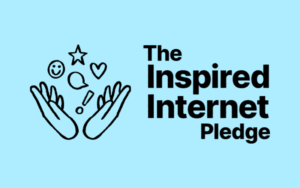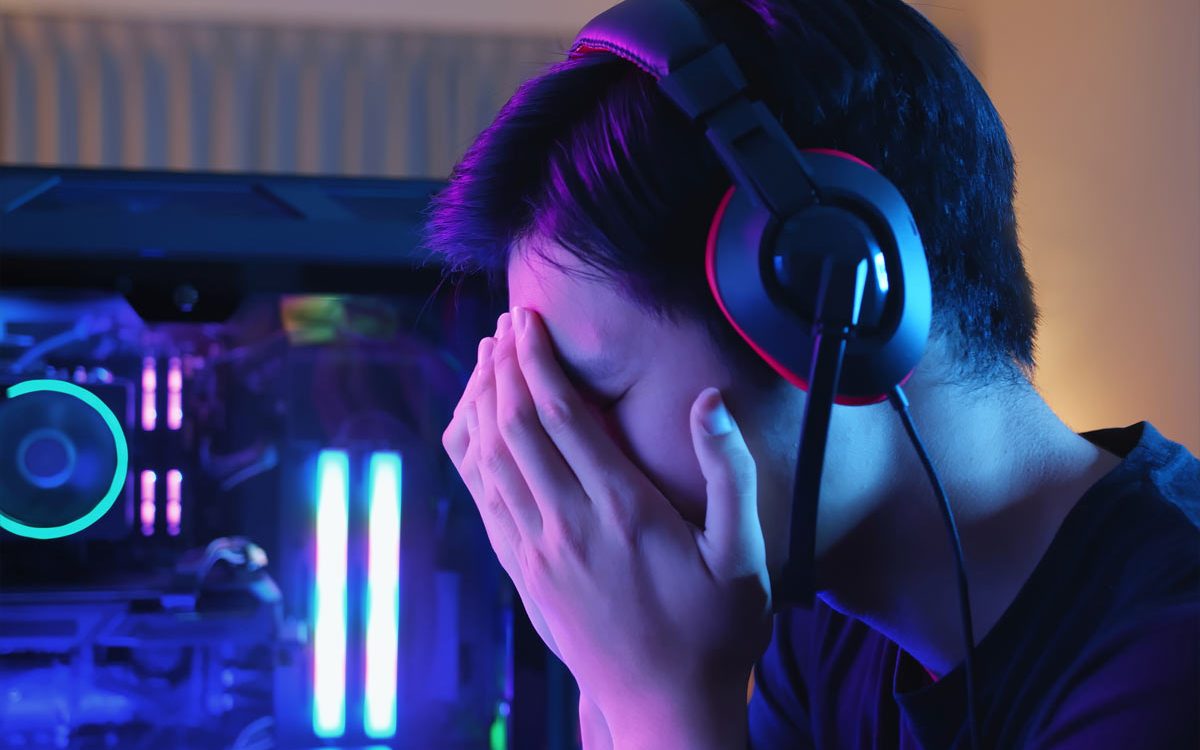The world in which young people are growing up today is dramatically different from the world of their parents’ youth. Nearly 100% of teens report having access to a smartphone or home computer, and, even before pandemic lockdowns drove us further online, nearly half of teens reported that they were online “almost constantly”. Adolescents are engaged in a constant and often simultaneous interaction with the online world alongside their “real life” world.
While technology and media use can be positive, offering young people opportunities to engage in key developmental tasks of adolescence, including by connecting with friends and family, meeting new friends, learning new things, and expressing themselves, technology and media use can also be overused or used compulsively, in ways that interfere with a young person’s daily life.
What is Problematic Interactive Media Use (PIMU)?
It is estimated that 1.5-2.1 million adolescents in the United States experience disordered use of interactive media and technology that results in negative consequences to their social and mental wellbeing and academic outcomes. These problematic use profiles are often referred to by different terms, including gaming addiction, problematic internet use, pornography addiction, or internet addiction, among others.
The term “problematic interactive media use,” or PIMU, was coined by the clinical team at the Clinic for Interactive Media and Internet Disorders at Boston Children’s Hospital to capture the full spectrum of problematic usage of digital media and technology, including – but not limited to – video games, information-seeking, binge-watching, pornography overuse, and use of social media.
PIMU most often presents in one of four ways with young people:
This can include excessive gaming on a computer, console, or mobile device, where the player engages with the game for hours on end, often only taking breaks when forced to do so.
This can include using social media as the primary means of connecting with others instead of through face-to-face communication.
This can include spending hours surfing websites and binge-watching videos in place of other activities.
This can include obsessive use that results in sexual dysfunction.
Other behaviors within PIMU may also include excessive online gambling and shopping or over-involvement in online dating, though these present less frequently with teens.
How can PIMU affect children and adolescents?
Compulsive use, or overuse, of interactive media can interfere with a young person’s regular life and is correlated with poorer school performance, increased family conflicts, reduced relationship satisfaction, and challenges with emotional and psychological wellbeing. PIMU may also lead to weight gain and is associated with poorer sleep.
More specific impacts include:
- Overuse of social media has been linked with lower self-esteem, increased depression, binge drinking, and social anxiety, with an increase in the fear that others are engaged in enjoyable activities that one is missing out on (often referred to as FOMO, or the fear of missing out). Research has also found connections between overuse of social media and adolescents’ sense of connectedness at school, which may result in lowered academic outcomes.
- Doomscrolling, a popular topic in recent years, and information bingeing, are when an internet user continually surfs across websites and information sites, like Reddit, Quora, or Wikipedia, to learn ever more about topics and events. Negative information seeking can lead to anxiety, fear, and distress, which can negatively affect a young person’s sleep and appetite. Constantly seeking to fill in gaps in one’s knowledge can also lead to poorer sleep and decreased mood.
- Overuse of video games, or gaming, is associated with irritability, anxiety, and sadness; the loss of interest in real-life relationships and hobbies; use of games for mood maintenance; and the user jeopardizing significant relationships, jobs, or educational opportunities.
- Reliance on pornography can lead to an inability to develop appropriate sexual identity and romantic relationships.
What are the risk factors for PIMU for children and adolescents?
Given the prevalence of interactive media and technologies in the lives of children and adolescents, all young people are potentially at risk of developing PIMU. Possible determinants of PIMU have been identified in recent literature:
- Boys and young men seem to experience higher rates of PIMU as compared to girls and women.
- PIMU tends to increase throughout early adolescence but peaks around age 15-16.
- Young people from lower income and single-parent households seem to experience higher rates of PIMU.
- Those suffering from PIMU exhibit lower self-control, increased impulsivity, and higher levels of aggression.
- Young people with autism spectrum disorder (ASD) have higher levels of compulsive internet and interactive media use as compared to peers without autism spectrum disorder.
Children and teens experiencing PIMU may also experience other conditions, including Attention Deficit and Hyperactivity Disorder (or ADHD), social anxiety, generalized anxiety, depression, and substance use disorders . More research is needed to understand the extent to which the problematic media use causes these challenges versus these issues driving increased media use.
What can I do if I think my child may be experiencing issues with overuse of interactive media and technology?
While a common symptom of PIMU is a fixation with screen-based media, other symptoms include a decline in personal hygiene, a decrease in school performance, and social withdrawal.
Problematic interactive media use responds to treatment. If you are concerned that your child may have an issue with overuse of interactive media or technology, please contact their primary care physician or schedule an appointment at our Clinic for Interactive Media and Internet Disorders (CIMAID) at Boston Children’s Hospital. You are not alone!
All information included in this article is for educational purposes only. For specific medical advice, diagnoses, and treatment, consult your healthcare provider.




